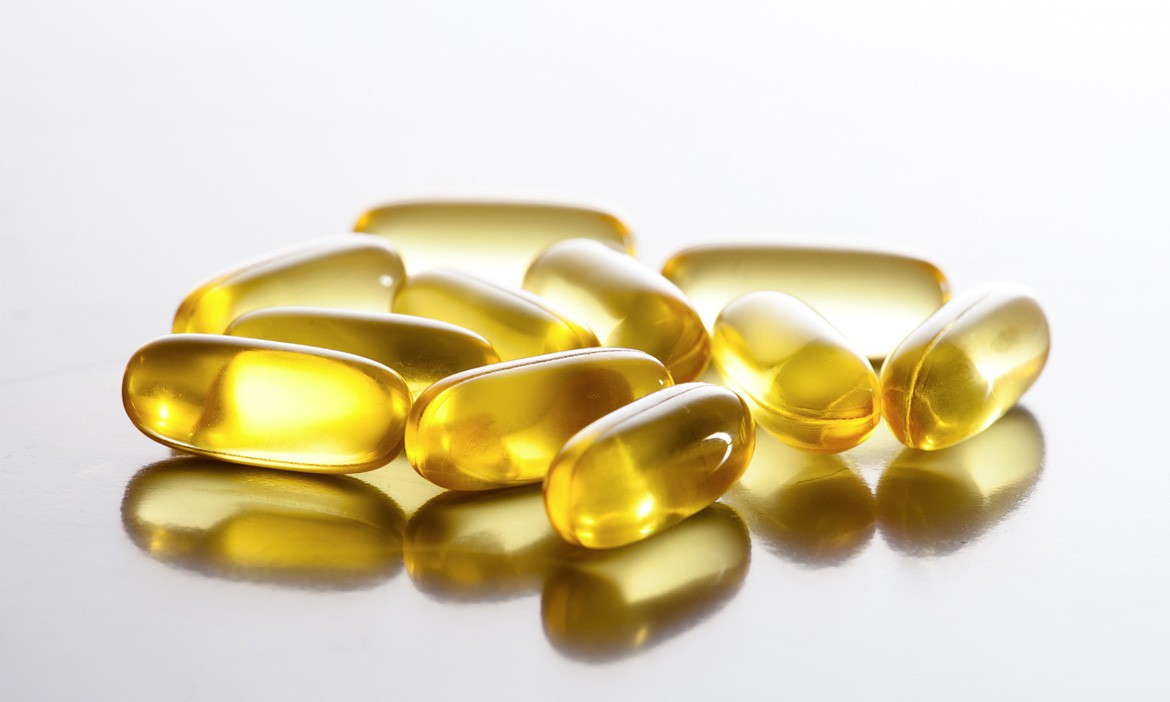I don’t want to use our magazine to write a chemistry essay. That would be boring! But I do want to share some information about our wellbeing and better quality of life.
Let’s start by saying that Omega 3 (ω-3 fatty acids), just like Omega 6 (ω-6 fatty acids) are unsaturated fatty acids. These are molecules that our bodies cannot produce autonomously, so we need to absorb them through foods. Omega 3 (unlike ω-6) are one of the nutrients that are most lacking in western diets and, considering average dietary habits, their level is often insufficient.
Omega 3 has many different functions. Together with Omega 6, it regulates inflammatory reactions, platelet aggregation, vasodilation and blood clotting. A good supply of Omega 3 can help to prevent arteriosclerosis and cardio-vascular problems, as it regulates blood pressure and the mechanisms that trigger atherosclerotic plaques. The anti-inflammatory action of Omega 3 can help to prevent and manage diseases related to chronic inflammation.
Omega 3 is also essential to produce energy, to form cellular membranes and to transfer oxygen into the blood. It is essential for haemoglobin synthesis, for prostaglandin functions, for hormone balance and hormone production (for example, testosterone).
Omega 3 acids can even help to defend the brain from attention deficit disorders. A study published in the Nutrition Journal shows that consuming 2.5 grams of Omega 3 per day can help to improve both how neurotransmittors work and communication between brain cells. Above all, it can help increase concentration.
A lack of these acids can result in asthenia, dry skin, immune deficits, slow growth and even sterility.
Omega 3 can be found in fatty fish, like wild salmon, in oily fish and in some oil. Omega 6 can be found in various types of oil: sunflower, corn, soya. Both can be found in extra virgin olive oil.
All this information can be found easily on internet.
But there is a piece of information that isn’t highlighted enough: the necessary ratio between these two fatty acids (Omega 3 and 6). Some oils contain both fatty acids, but the ratio is way off. In corn oil its around 1:100, while in sunflower oil 1:150.
Extra virgin olive oil is the only food that can supply them in the rights ratio: 1:6 -1:7. The ratio in extra virgin olive oil is a close as we can get to that of breast milk.
Why is this balance so important? Because a predominance of Omega 6 in our diet alters our homeostatic balance, creating a state of persistent inflammation. This is the perfect breeding ground for autoimmune diseases (rheumatoid arthritis, rectum-ulcerative colitis, Crohn’s disease, etc). This is something that I will come back to in future articles.
At I Sergenti we have been researching the level of Omega 3 in our oil for some time, looking for ways to increase the percentage. We are enthusiastic about the results so far.
What is omega 3?









